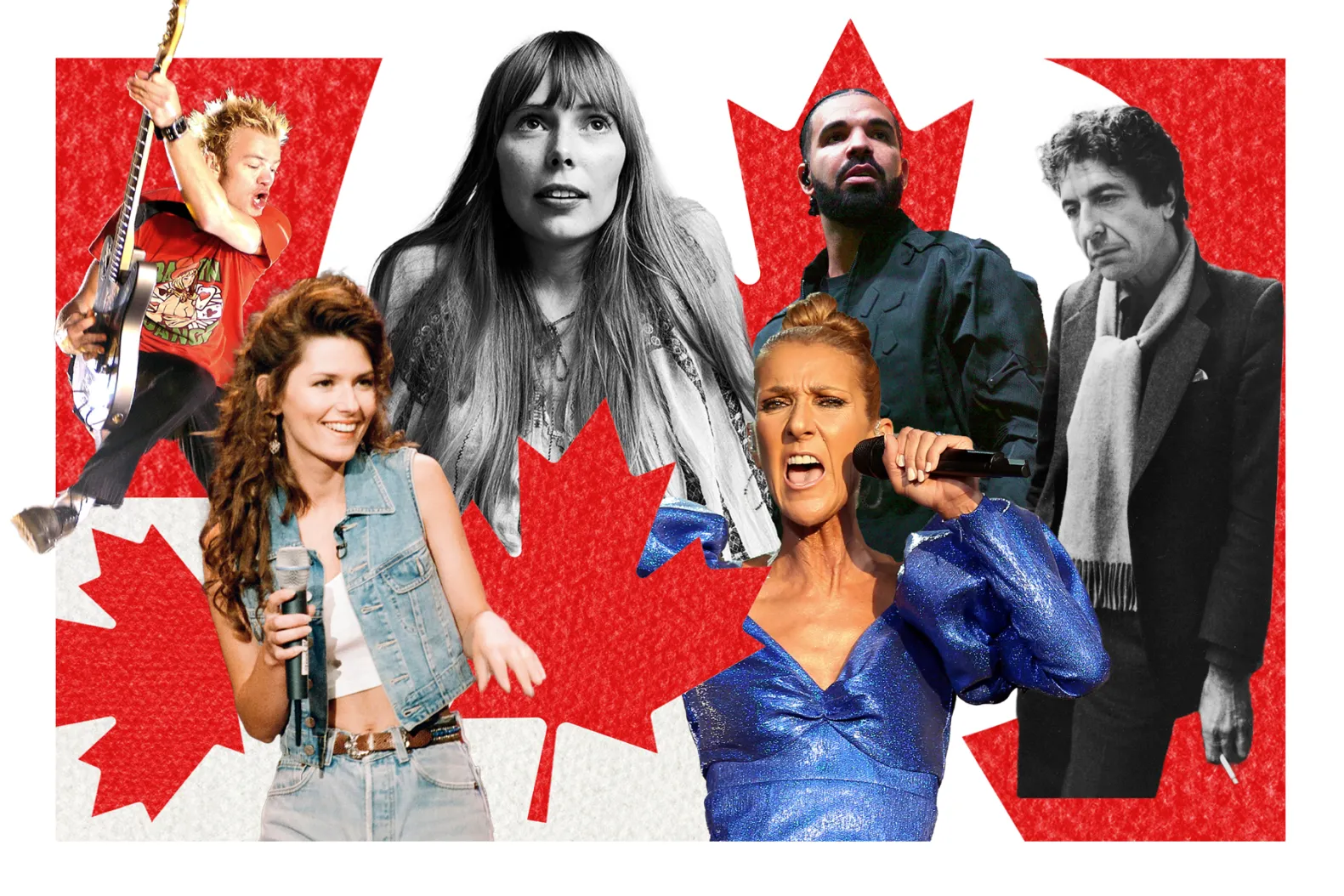movingstarvoices.org – Canada’s music scene is a vibrant mosaic of sounds, styles, and traditions, reflecting the country’s multicultural heritage and dynamic artistic landscape. From the folk tunes of the Maritimes to the electronic beats of Montreal, Canadian musicians have contributed significantly to the global music industry, embracing a wide range of genres and pushing the boundaries of musical innovation.
The Roots of Canadian Music
The foundation of Canada’s music scene lies in its indigenous cultures, whose musical traditions date back thousands of years. These traditions, characterized by vocal chants, hand drums, and other indigenous instruments, have influenced the country’s musical identity and continue to thrive today.
European settlers brought their own musical traditions, which merged with indigenous sounds to create a unique Canadian folk music. The fiddle music of the Maritimes, for example, is a blend of Celtic and Acadian influences, while the prairie provinces have their own distinct folk styles.
The Rise of Popular Music
The 20th century saw the rise of popular music in Canada, with artists like Paul Anka, Gordon Lightfoot, and Joni Mitchell achieving international acclaim. The 1960s and 1970s were particularly fruitful decades, with the emergence of iconic bands like The Band and Rush, and singer-songwriters like Leonard Cohen and Neil Young.
The 1980s and 1990s brought a new wave of Canadian talent to the forefront, with artists like Celine Dion, Shania Twain, and Alanis Morissette dominating the charts. These artists helped to solidify Canada’s reputation as a powerhouse in the pop music scene.
The Diversity of Canadian Music Today
Today, Canada’s music scene is more diverse than ever, with artists from a wide range of genres and cultural backgrounds contributing to the national sound. Hip-hop, for instance, has a strong presence in cities like Toronto and Vancouver, with artists like Drake, The Weeknd, and Tory Lanez achieving global success.
Electronic music is another area where Canada excels, with Montreal being a particularly influential hub. Artists like Grimes, Deadmau5, and Caribou have pushed the boundaries of electronic music, blending genres and experimenting with new sounds.
The indie and alternative scenes are also thriving, with cities like Toronto, Vancouver, and Montreal hosting vibrant music communities. Artists like Arcade Fire, Tegan and Sara, and Broken Social Scene have gained international recognition for their innovative approaches to music.
The Role of Festivals and Venues
Canada’s music scene is supported by a network of festivals and venues that provide platforms for both established and emerging artists. Events like the Toronto International Jazz Festival, the Vancouver Folk Music Festival, and the Montreal International Music Festival showcase a wide range of musical talent.
Venues like Massey Hall in Toronto, the Commodore Ballroom in Vancouver, and the Metropolis in Montreal have hosted countless concerts, contributing to the country’s rich musical heritage. These spaces are not only places of entertainment but also sites of cultural significance.
Conclusion
Canada’s music scene is a testament to the country’s diversity and creativity. From its roots in indigenous and folk music to the cutting-edge sounds of today’s artists, Canadian music reflects the nation’s multicultural identity and its commitment to artistic expression. As the music industry continues to evolve, Canada’s musicians will undoubtedly continue to make their mark on the global stage, celebrating the melody of diversity that defines their homeland.
